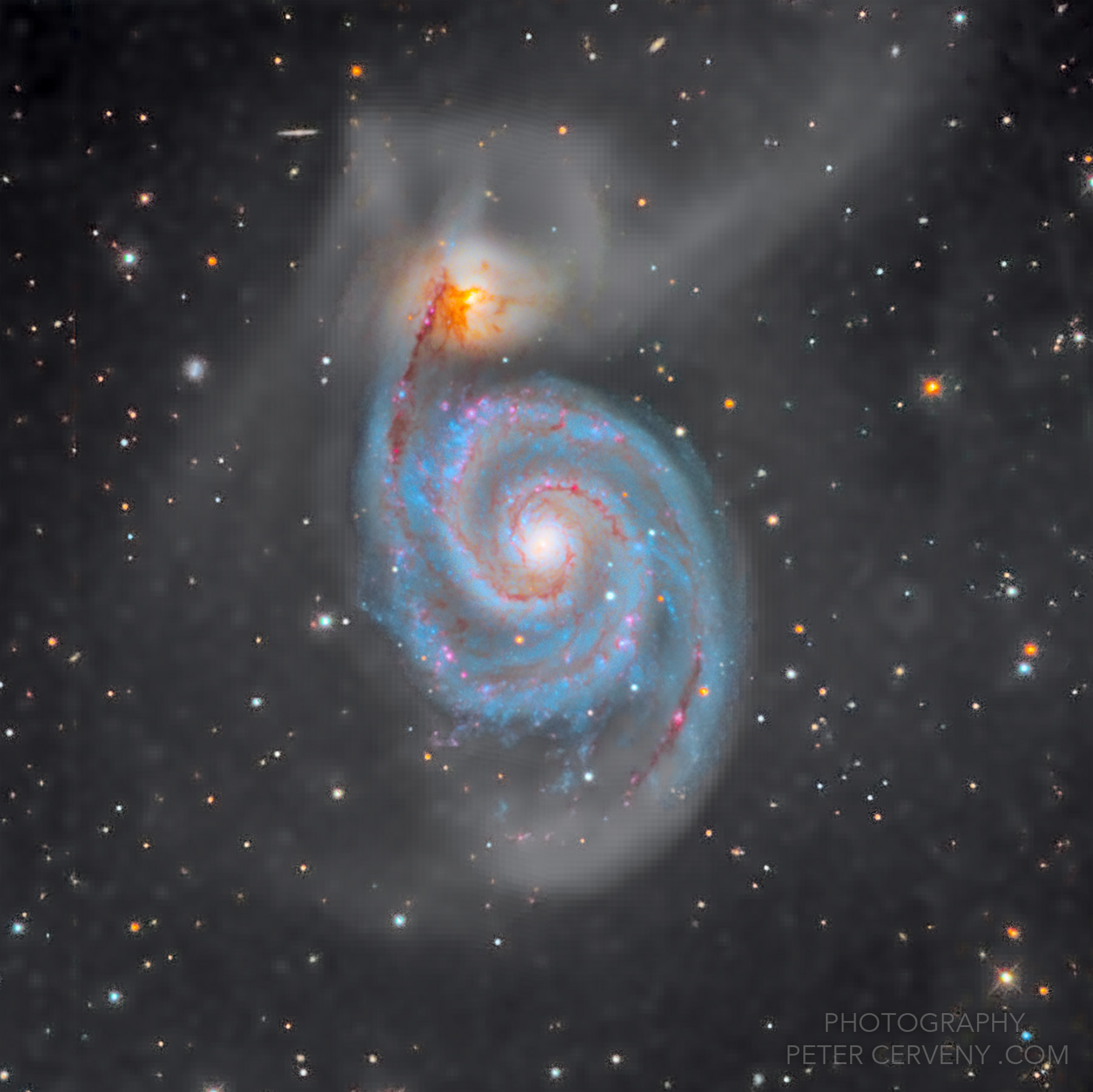Overview Grid
Nebulae Info
v Scroll menu for more v
- Caldwell 49 Rosette Nebula
- CG4 Nebula
- GUM 37 Southern Tadpole Nebula
- IC434/B33 Horsehead Nebula
- IC443 Jellyfish Nebula
- IC1396A Elephant's Trunk Nebula
- IC4592 Blue Horse Head Nebula
- IC4604 Rho Ophiuchi Nebula
- IC5070 Pelican Nebula Closeup
- Large Magellanic Cloud
- LDN43 The Cosmic Bat Nebula
- M1 Crab Nebula
- M8 Lagoon Nebula
- M16 Eagle Nebula
- M20 Trifid Nebula
- M27 Dumbbell Nebula
- M42 Orion Nebula
- M57 Ring Nebula
- M78 Reflection Nebula
- NGC1977 Running Man Nebula
- NGC2170 Reflection Nebula
- NGC2264 Christmas Tree Nebula
- NGC2359 Thor’s Helmet Nebula
- NGC3372 Eta Carina Nebula
- NGC3576 Statue of Liberty Nebula
- NGC5367 in CG12 Nebula
- NGC6188 Firebird Nebula
- NGC6334 Cat´s Paw Nebula
- NGC6559 Reflection Nebula
- NGC6820 Emission Nebula
- NGC6960 Western Veil Nebula
- NGC6992 Eastern Veil Nebula
- NGC7000 North America Nebula
- NGC7293 Helix Nebula
- NGC7380 Wizzard Nebula
- NGC7635 Bubble Nebula
- RCW85 Nebula
- Rho Ophiuchi cloud complex
- Sh2-136 Ghost Nebula
- Sh2-308 Dolphin Nebula
- Simeis147 Spaghetti Nebula
Galaxies Info
v Scroll menu for more v
- M31 Andromeda Galaxy
- M51 Whirlpool Galaxy
- M66 Galaxy
- M81 Bode's Galaxy
- M82 Cigar Galaxy
- NGC253 Sculptor Galaxy
- NGC891 Silver Sliver Galaxy
- NGC1365 Fornax Propeller Galaxy
- NGC1566 Spanish Dancer Galaxy
- NGC3628 Hamburger Galaxy
- NGC4038/39 Antennae Galaxies
- NGC5078 Galaxy
- NGC5128 Centaurus A Galaxy
Clusters Info
v Scroll menu for more v
- Albireo Beta Cygni
- Hyades
- M13 Hercules Globular Cluster
- M45 Pleiades
- M37 Salt and Pepper Cluster
- M44 Open Cluster
- M103 Open Star Cluster
- NGC884/869 Double Cluster
- NGC2516 Diamond Cluster
- NGC3532 Wishing Well Cluster
- Noctilucent Clouds
- Perseid Meteor
Overview Grid

The Whirlpool Galaxy, also known as Messier 51a (M51a) or NGC 5194, is an interacting grand-design spiral galaxy with a Seyfert 2 active galactic nucleus. It lies in the constellation Canes Venatici, and was the first galaxy to be classified as a spiral galaxy. It is 31 million lightyears (9.5 megaparsecs/Mpc) away and 23.58 kiloparsecs (76,900 ly) in diameter.
The galaxy and its companion, NGC 5195, are easily observed by amateur astronomers, and the two galaxies may be seen with binoculars.[12] The Whirlpool Galaxy has been extensively observed by professional astronomers, who study it and its pair with dwarf galaxy NGC 5195 to understand galaxy structure (particularly structure associated with the spiral arms) and galaxy interactions. Its pair with NGC 5195 is among the most famous and relatively close interacting systems, and thus is a favorite subject of galaxy interaction models.
Tidal features
As a result of the Whirlpool Galaxy's interaction with NGC 5195, a variety of tidal features have been created. The largest of these features is the so-called Northwest plume, which extends out to 43 kiloparsecs (140,000 light-years) from the galaxy's center. This plume is uniform in color and likely originated from the Whirlpool Galaxy itself due to having diffuse gas. Adjacent to it are two other plumes that have a slightly bluer color, referred to as the Western plumes due to their location.
In 2015, a study discovered two new tidal features caused by the interaction between the Whirlpool Galaxy and NGC 5195, the "Northeast plume" and the "South plume". The study remarks that a simulation that takes into account only one passage of NGC 5195 into the Whirlpool Galaxy will fail to produce an analogue to the Northeast tail. In contrast, the multiple-passage simulations made by Salo and Laurikainen et al. reproduce the northeast plume.
| Object | M51 Whirlpool Galaxy (interacting with NGC 5195) |
| Constellation: | Canes Venatici |
| Position: | RA 13h 29m 53s Dec 47° 11' 43'' |
| Apparent Size: | 11.2 x 6.9 arcmins |
| Apparent Magnitude: | 8.4 |
| Distance in light years: | 31 Mly |
| Photo Data | |
| Date of Expose: | 15.02.2020 – 31.01.2022 |
| Location: |
IC Astronomy Observatory Spain Oria, Almería, Spain , ASL 1250m GPS: 37.4988 N / -2.42178 W |
| Telescope: | SPA-2-CCD: Officina Stellare 700 RC, f/d 8.0/5600mm |
| Camera: | FLI PL16803, 9μm, 4096x4096px, @ T sensor = °C |
| Field of View: | 23 x 23 arcmins |
| Pixel Scale/Resolution: | 0.33.arcsec/px |
| Expose frames/times: | L R G B |
| Total expose: | 21h 49min |
| Filter: | Astrodon Luminance, Red, Green, Blue |
| Mount: | Paramount MX+ |
| Software: | Siril 1.4, Photoshop CC |
| Remarks: |
© Photos and photo data by Peter Cerveny
© Object description/intro text fully or partially by Wikipedia,
which is released under the Creative Commons Attribution-ShareAlike 4.0 International License